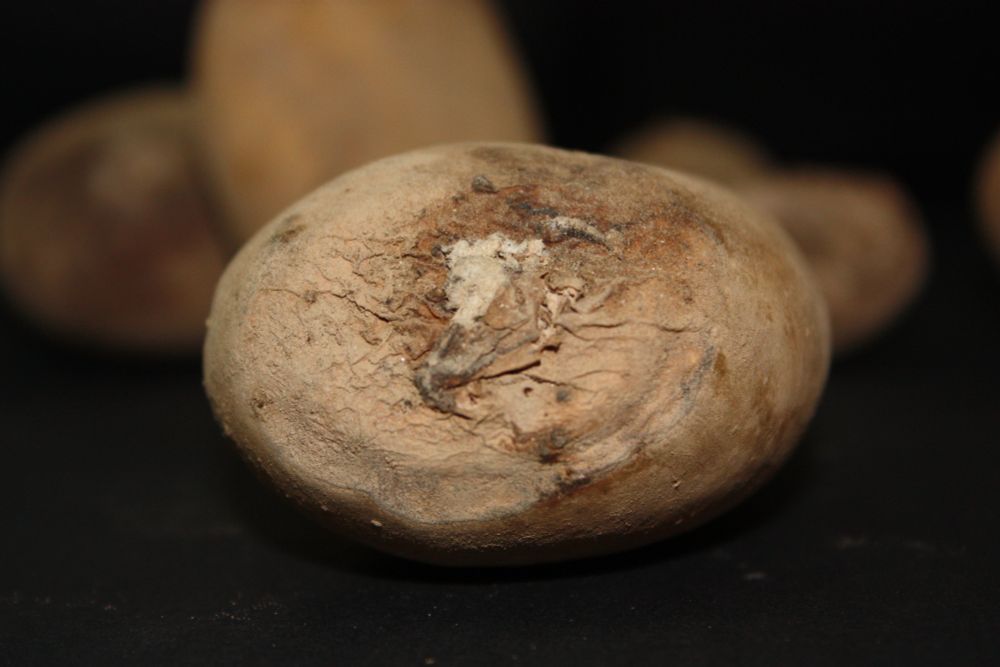 08.10.2025 07:06 — 👍 0 🔁 0 💬 0 📌 0
08.10.2025 07:06 — 👍 0 🔁 0 💬 0 📌 0
Jadwiga Śliwka
@potato-science.bsky.social
working on potatoes for so long, that potatoes are on my mind even at pottery classes...
@potato-science.bsky.social
working on potatoes for so long, that potatoes are on my mind even at pottery classes...

The most important and reproducible QTL for resistance to potato tuber dry rot caused by Fusarium sambucinum mapped on chromosome I and year- and population-specific QTL mapped on chromosomes II, VII, IX, XI, and XII.
www.mdpi.com/2073-4395/12...

Effect of Cytoplasm Types T and D on Quantitative Trait Loci for Chip Color and Proline Content in Potato Tubers in a Diploid Potato Population
www.mdpi.com/2073-4395/14...

Using a diploid potato diversity panel of 246 breeding lines, a genotyping-by-sequencing and a GWAS approach, we mapped QTL for ten traits important to potato breeders, including two previously unmapped traits: boiled tuber taste and pollen fertility.
link.springer.com/article/10.1...

New host for PVY and new variants of the Rysto gene
bmcplantbiol.biomedcentral.com/articles/10....

two, potato-shaped ceramic vessels
10.09.2025 07:35 — 👍 0 🔁 0 💬 0 📌 0